By: Jake Springstead, Social Media Specialist, Red Cloud Financial Services.
Mining has an image issue, let’s not beat around the bush. If you work in the industry, you’ll know how misconception, misunderstanding, and complex narratives impact public relations and communications strategies across all facets.
The mining industry is very technical in nature, which makes it hard to form an investment narrative the general public will listen to, let alone understand enough to invest in.
By now it’s clear that traditional news outlets won’t dedicate consistent reporting into the importance that resources play in the global economy unless a company like Tesla is at the focus of the headline.
Couple that with an aging investment community, and the reality is that finding people who want to invest in the sector has become more challenging than ever before.
That’s exactly why the younger generations – Millennials and Gen Zs – are the key to our future. After all, they’re growing up, making money, and, eventually, will be inheriting generational wealth that they will look to invest.
But to attract a demographic that has grown up in front of screens with lessening attention spans, how can communication change to make mining industry interesting? This is the Facebook, Reddit, Instagram, video game generation after all – one I am very much part of.
The irony is mining isn’t so difficult to understand after all. It does, however, suffer from public imagination and communication problem. One that needs to be overcome for the future of mining itself – to attract both investments and people who want to work in the industry.
An effect of this interplay between young people and the mining industry may have already materialized as the drop in mining school enrollment has widely reported in recent years.
No, rocks will never be a particularly dynamic subject to many people (if you’ve been to the Red Cloud office, you’ll know how our rock collection plays an integral part of corporate culture), however, the mining industry seems to possess a general ineptitude in effectively engaging with the imaginations of its stakeholders. This premise can be better understood when examining our younger generation’s relationship with the ostensible Bible of video games, ironically titled, Minecraft.
For the uninitiated among you who have never heard of the best-selling video game of all time, Minecraft can be best understood when broken down into the two fundamental components from which it derives its name: mining and crafting (i.e. building). Players begin the game with nothing more than their bare hands and must exploit their environment, primarily through mining, to build equipment and shelter. Further, players using the game’s “Creative Mode” can and have built all manner of creations including the USS Enterprise, the Eiffel Tower, and a replicate of Hogwarts castle, just to name a few.
While Minecraft’s link to its real life analogous may seem superficial, it hints at a younger person’s understanding of mining’s utility and links mining to creation.
In the wake of climate change, the public and private sector have embraced mining companies entrenched in the green energy supply chain. Despite this increased monetary support, many mining companies still face challenges.
What no one is considering is that the younger generation does understand mining – the dots have just never been connected.
For the most part you mine for resources block by block. We did it with the knowledge that we could make anything. We were willing to put in the time because we knew the rewards were great.
While Minecraft does not involve any feasibility studies or Ni 43-101s, it is ironically a game built on the concept of resource procurement. And it’s ironic that it shares ties with an industry so devoid of young people.
While you might have played kick the can – my friends and I, we were digging viral holes.
The mining industry must be far better at tapping into the child-like wonder that inspired so many children to dig those viral holes.
This is where Red Cloud Media, and RCTV come into play – you’ll be seeing more content bringing the story back to what matters – hopefully connecting the dots that have been missing for the younger demographic.
In a recent X Spaces interview with Frank Giustra, he said junior mining companies are the seedlings that will fuel the future – we need to nurture them, because they’re the reason why we’ll have a secure future. So, let’s dig.



